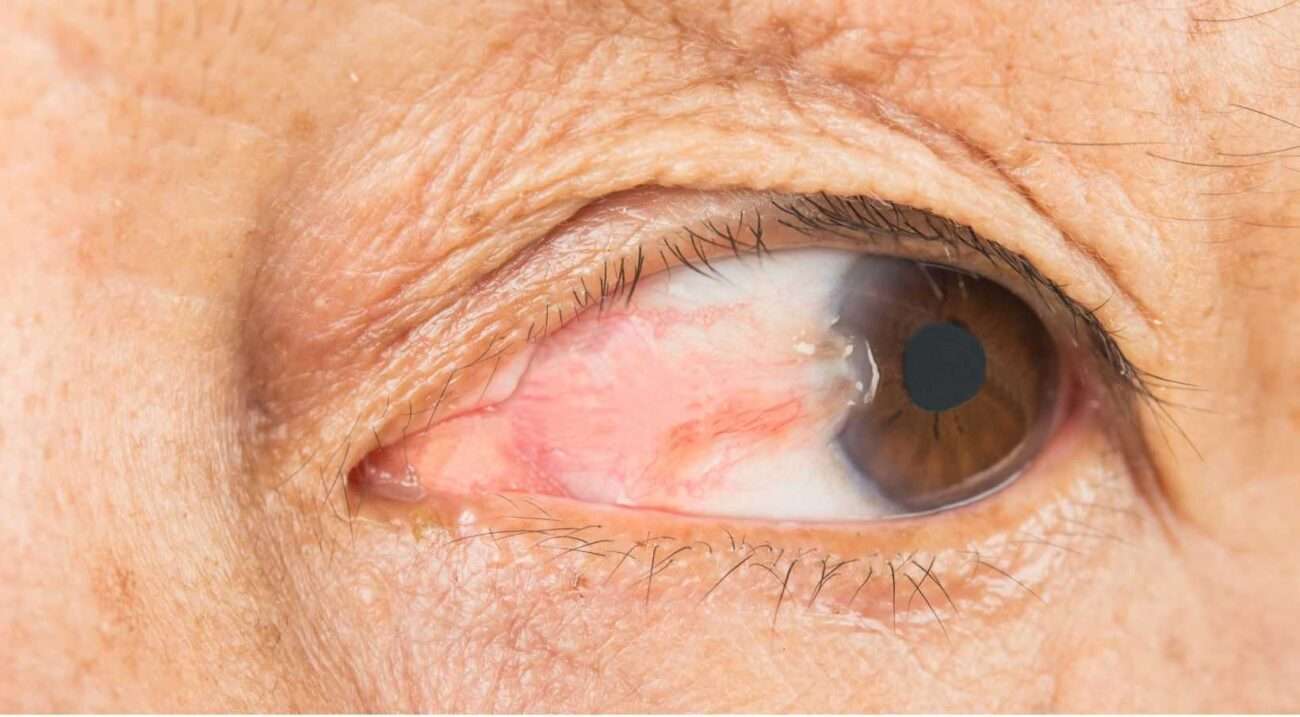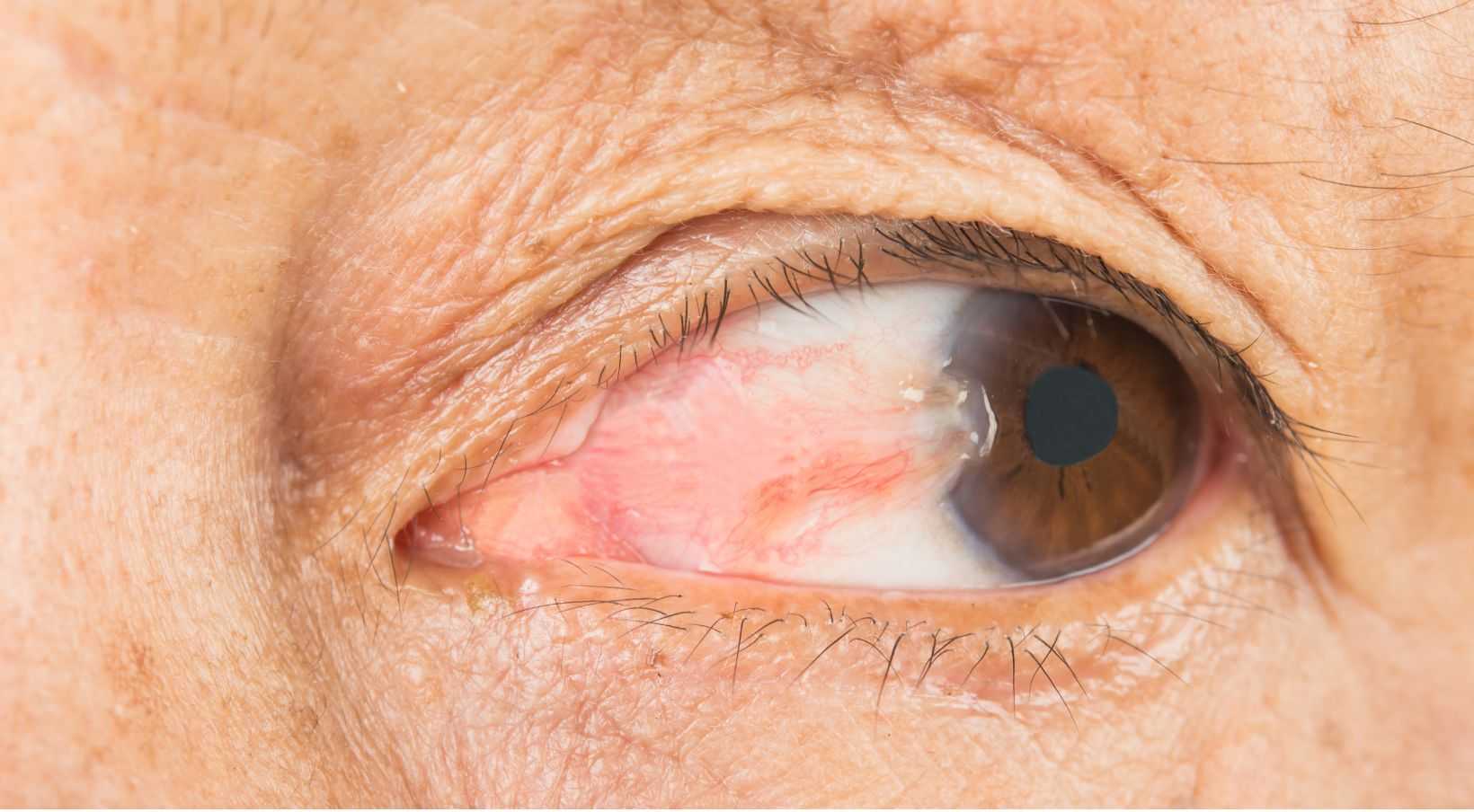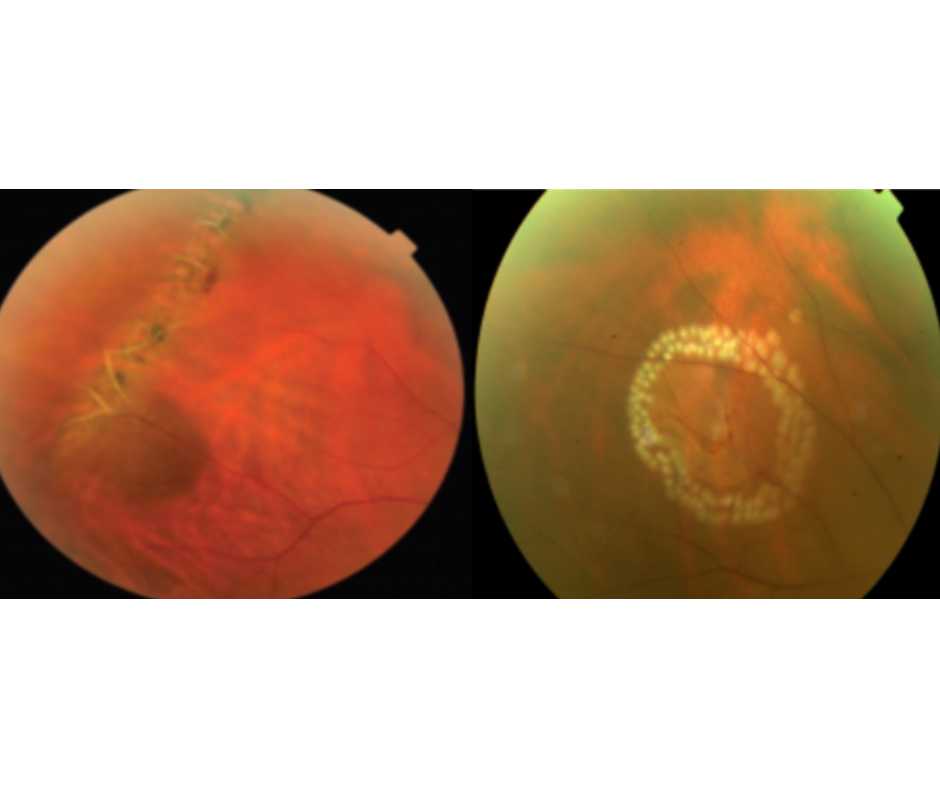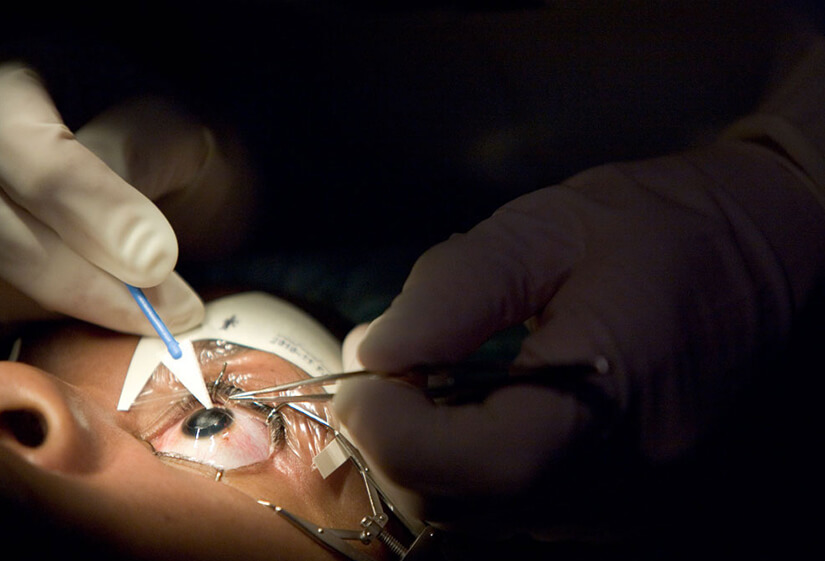Introduction:
Pterygium, often referred to as “surfer’s eye,” is a benign growth that starts on the white part of the eye and may extend onto the cornea. While it’s typically not cancerous, it can cause discomfort, redness, and visual disturbances. To better understand how to prevent and manage pterygium, it’s important to explore the causes behind its development.
Understanding Pterygium Causes:
Pterygium is thought to stem from a synergistic interplay of both environmental and genetic factors. Although the precise mechanism remains incompletely understood, ongoing research highlights several potential causes that collectively contribute to its formation.

The Role of UV Radiation:
Excessive exposure to ultraviolet (UV) radiation, particularly emanating from the sun, stands out as a significant risk factor for pterygium development. Notably, UV rays have the capacity to inflict damage upon the conjunctiva, the delicate membrane that envelops the white portion of the eye. This damage can subsequently incite an abnormal growth response, contributing to the formation of pterygium.
Dry and Dusty Environments:
Individuals residing in arid and dusty surroundings exhibit a heightened susceptibility to pterygium development. The persistent irritation caused by dust, wind, and debris plays a pivotal role, fostering chronic inflammation. Consequently, this protracted inflammatory state serves as a catalyst for the growth of pterygium.
Genetic Predisposition:
Genetics could potentially exert an influence on the onset of pterygium. Notably, instances where a familial lineage of pterygium is present raise the possibility of a genetic predisposition to this condition. Furthermore, specific genetic factors appear to contribute to an increased susceptibility of the eyes to the environmental stimuli that serve as the catalyst for its growth.
Chronic Eye Irritation:
Frequent eye irritation, such as that caused by prolonged contact lens use or exposure to pollutants, can contribute to pterygium formation. The eyes’ continuous inflammatory response might be a contributing factor.
Occupational and Recreational Factors:
Certain occupations and recreational activities that involve prolonged outdoor exposure, such as farming, fishing, or construction work, increase the risk of pterygium due to the higher likelihood of UV and environmental irritant exposure.
Gender and Age:
Research suggests that men are more susceptible to pterygium than women, and the condition is more common in individuals aged 20 to 40. These demographic factors could be linked to behavioral or hormonal differences.
Impact of Climate Change:
Emerging research increasingly suggests that climate change could play a role in the heightened prevalence of pterygium. The escalating temperatures and shifting environmental conditions, in this context, might amplify UV exposure and further worsen dry eye conditions.
Preventive Measures:
Safeguarding your eyes from UV radiation necessitates several crucial preventive measures. Firstly, wearing sunglasses with appropriate UV filters is paramount. Additionally, in dry environments, the use of artificial tears can provide essential moisture. Moreover, practicing good eye hygiene further reinforces your efforts to maintain optimal eye health.
Managing Pterygium:
In cases of mild severity, employing lubricating eye drops and anti-inflammatory medications can effectively aid in symptom management. Conversely, as the condition advances, the necessity for surgical intervention may arise. removal of the pterygium becomes imperative in such instances, not only to reinstate vision but also to alleviate persistent discomfort.

Surgical Interventions:
Surgical options encompass several approaches, with a common one involving the excision of the pterygium, followed by grafting healthy tissue onto the affected region. The overarching objective of these procedures is to mitigate the risk of recurrence while simultaneously enhancing visual outcomes.
Caring for Your Eyes:
Maintaining overall eye health through a balanced diet rich in eye-friendly nutrients, staying hydrated, and getting regular eye check-ups can contribute to preventing various eye conditions, including pterygium.
Promising Research:
Ongoing research is presently centered on delving into the intricate genetic and molecular mechanisms underlying pterygium. Through this exploration, scientists aspire to unearth valuable insights that could ultimately pave the way for targeted treatments in the future.
Author Details:
Dr. Sushruth Appajigowda holds a prominent position as a Cornea, Cataract, Glaucoma, and LASIK Surgeon in Bangalore. He serves as the chief Cataract and Refractive surgeon at Vijaya Nethralaya Eye Hospital, Nagarbhavi Bangalore. Renowned as one of the finest LASIK surgeons nationwide, he brings with him over 12+ years of experience across multiple LASIK platforms, including ZEISS, ALCON, SCHWIND, AMO, and Bausch and Lomb. Having successfully conducted over 5000 LASIK procedures, Dr. Sushruth holds the title of a Certified Refractive Surgeon and a Fellow of the All India Collegium Of Ophthalmology. Furthermore, he stands as a distinguished speaker at various National and International Forums, using his expertise to guide you in selecting the most suitable procedure based on your health requirements.

Conclusion:
Pterygium, though not always sight-threatening, can significantly impact your quality of life. By understanding the causes and risk factors associated with pterygium, you can take proactive steps to protect your eyes and preserve your vision.
FAQs About Pterygium causes:
Q1: Can pterygium lead to blindness? A1: In most cases, pterygium doesn’t cause blindness, but it can lead to visual disturbances if left untreated.
Q2: Can pterygium come back after surgery? A2: While surgical removal reduces the likelihood of recurrence, there’s still a small chance that pterygium can return.
Q3: Are pterygium and pinguecula the same? A3: No, they’re not the same. Pinguecula is a yellowish growth on the conjunctiva, whereas pterygium extends onto the cornea.












